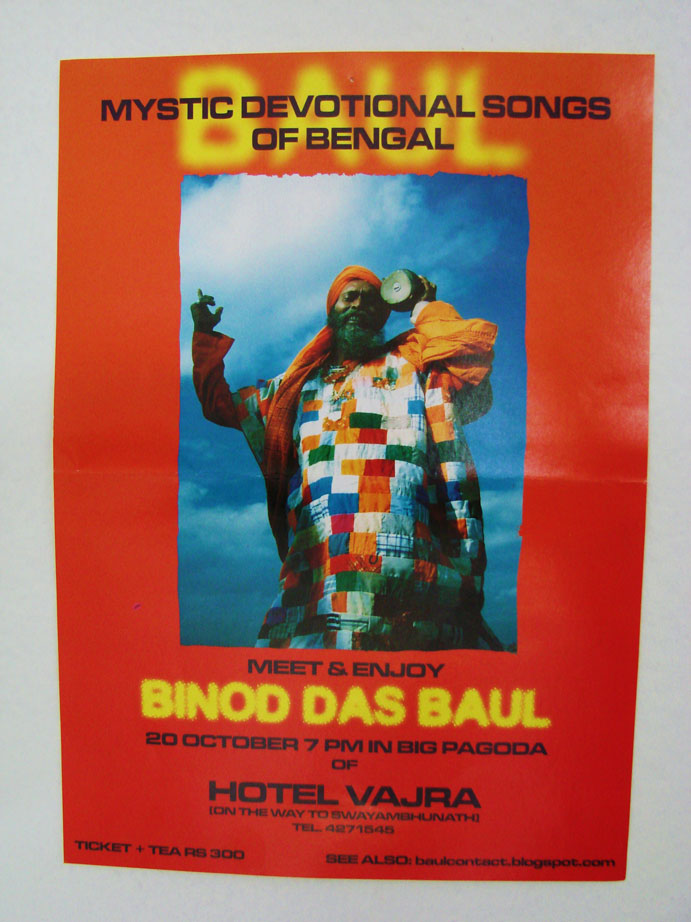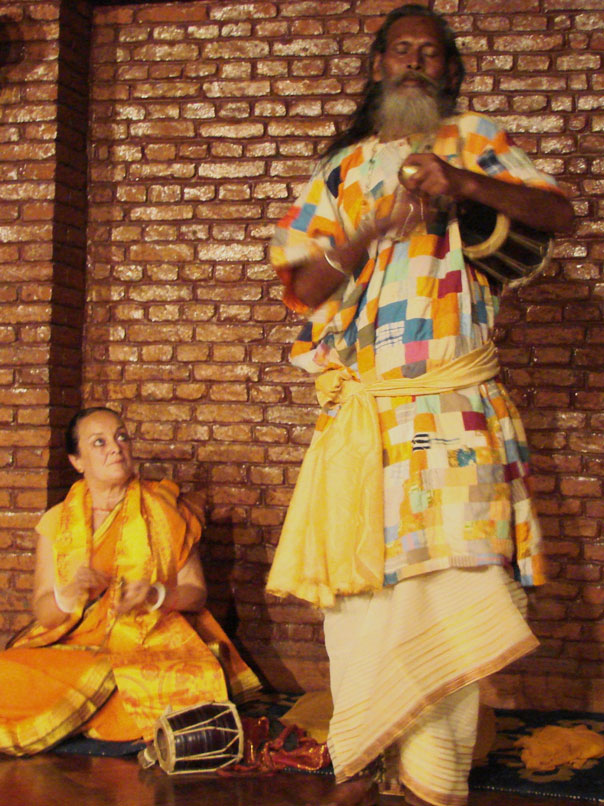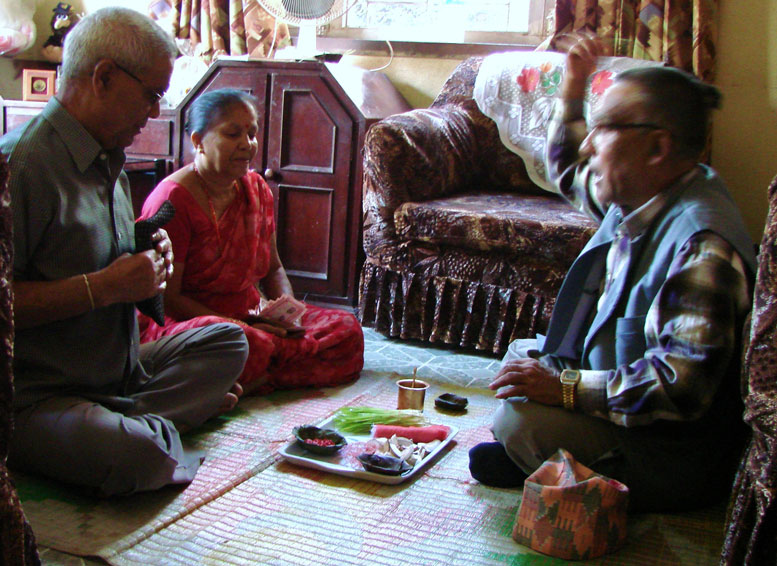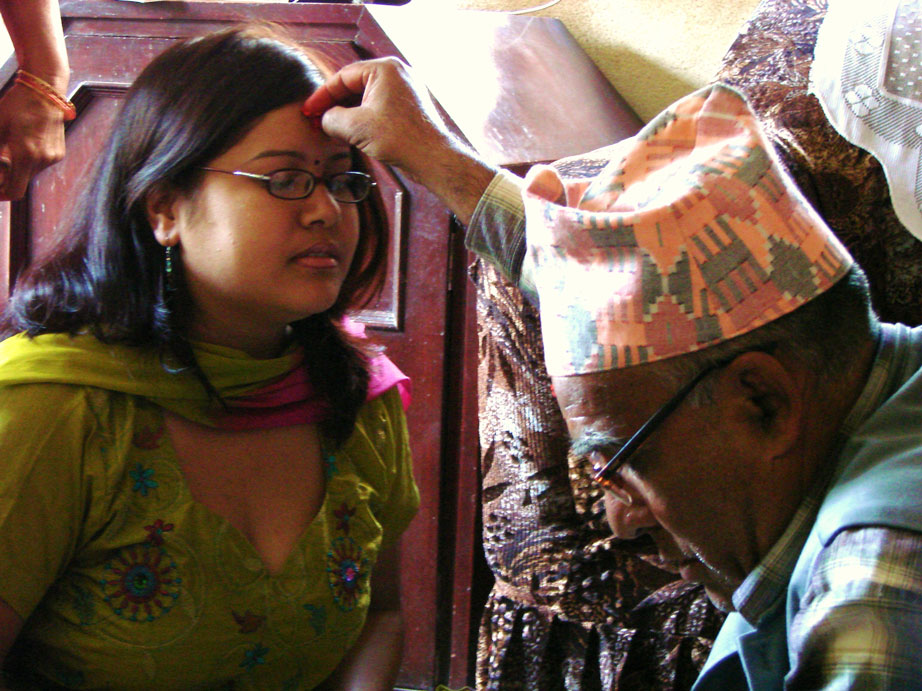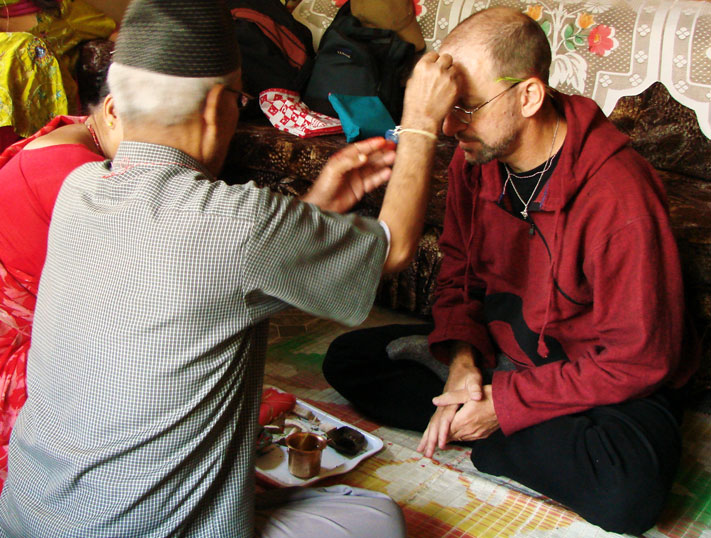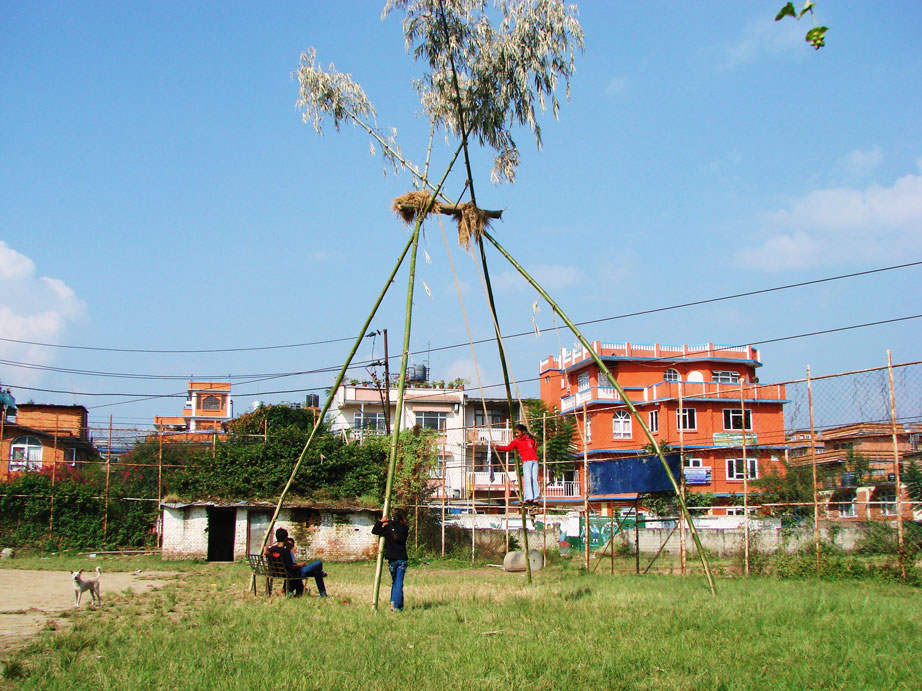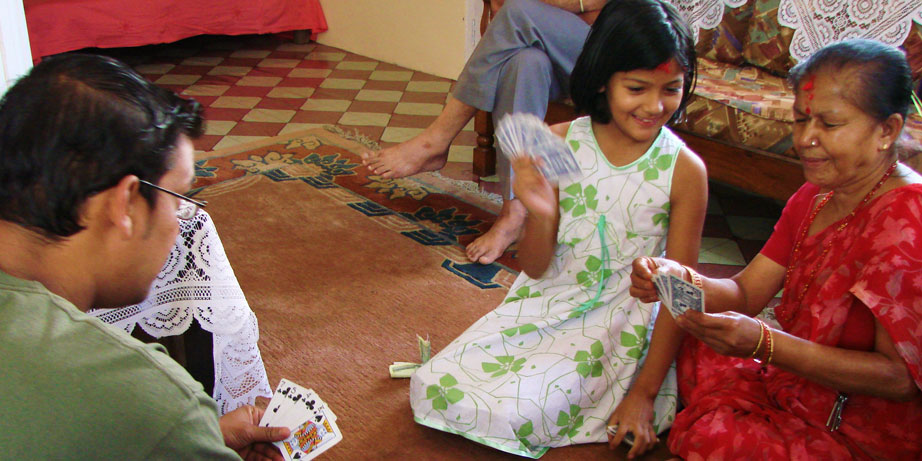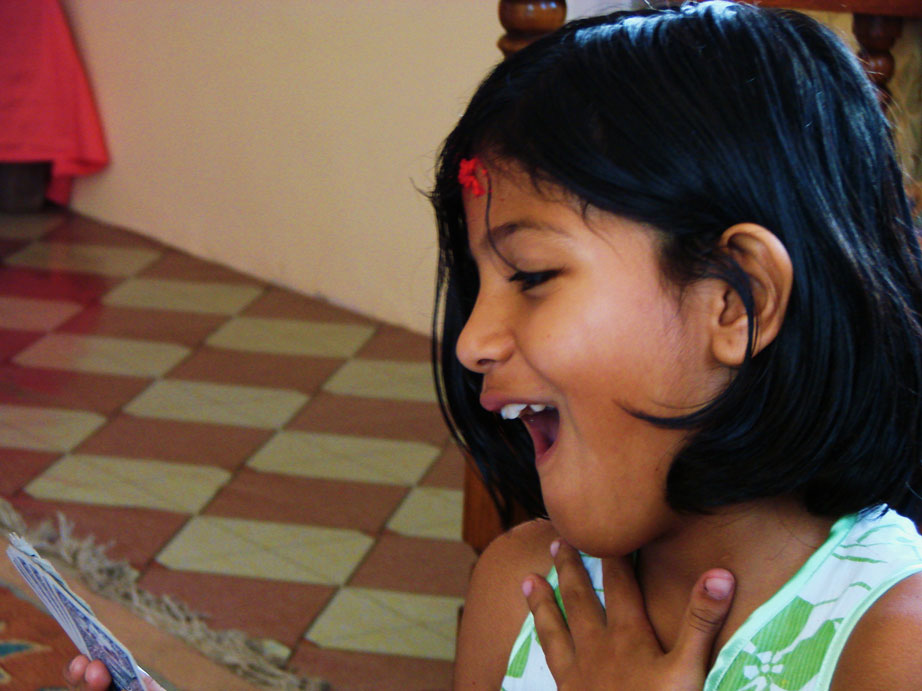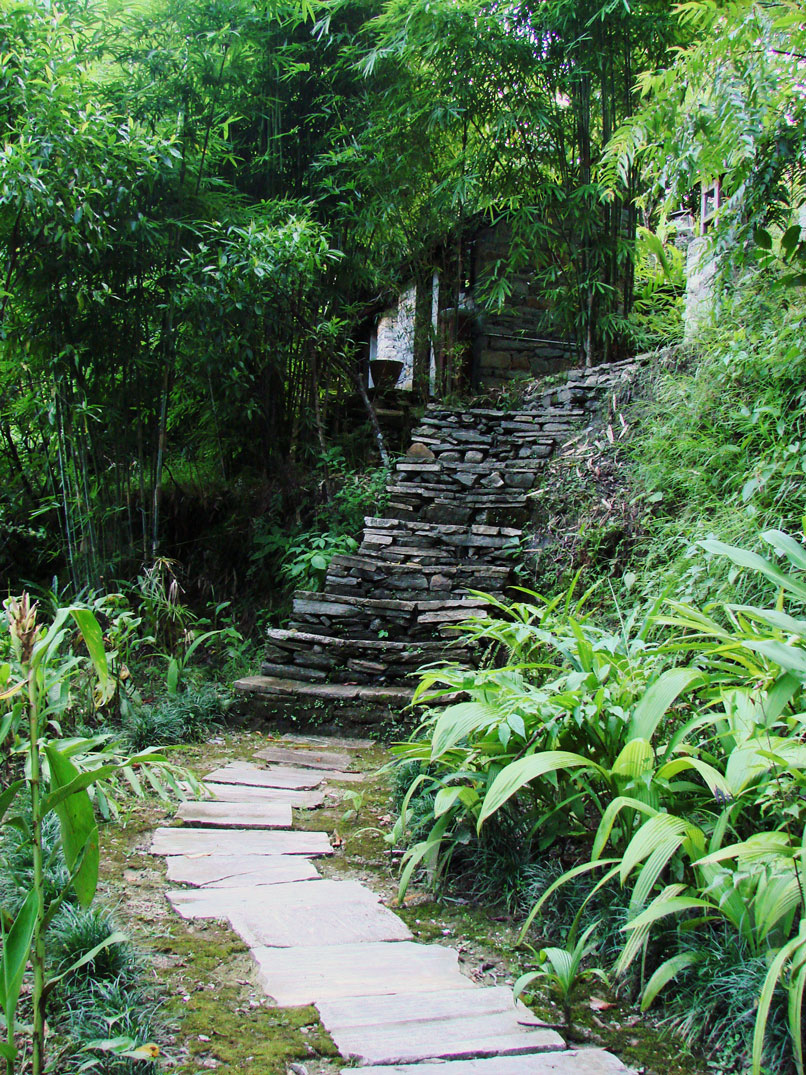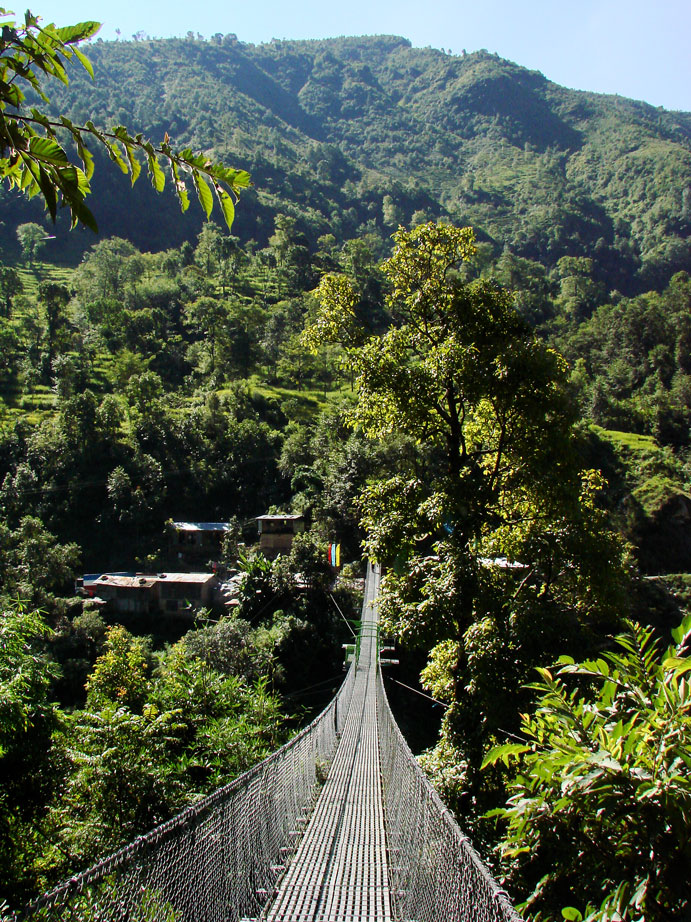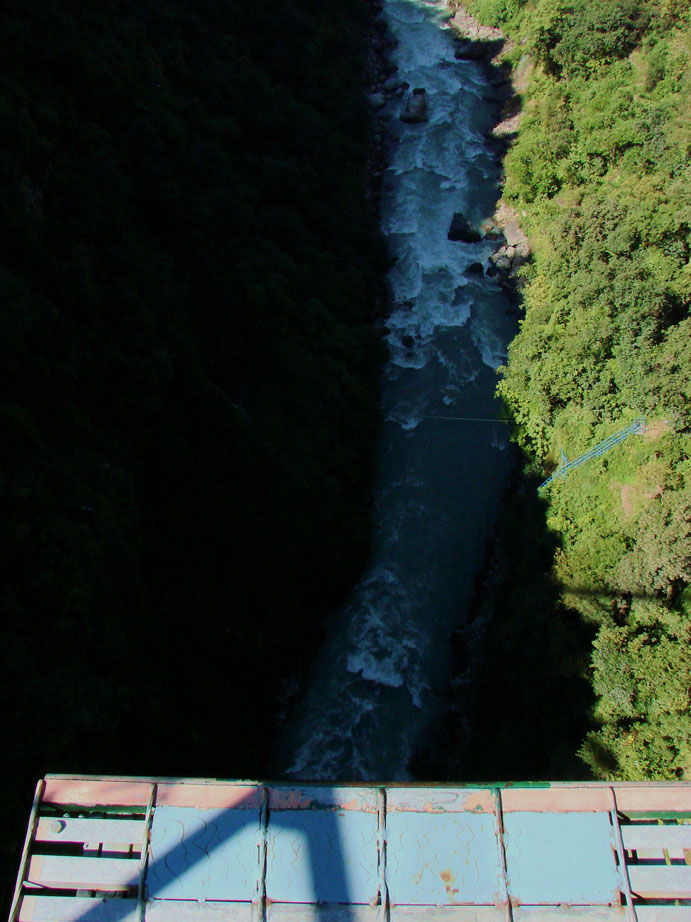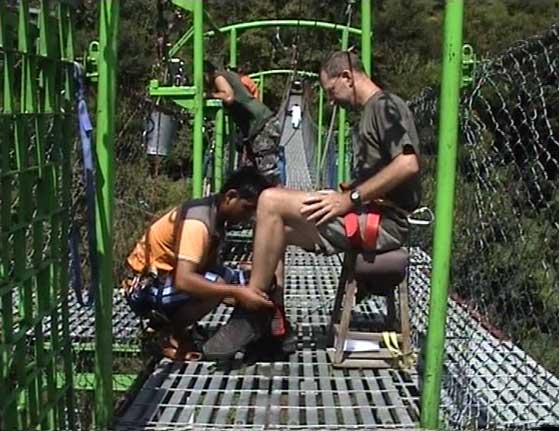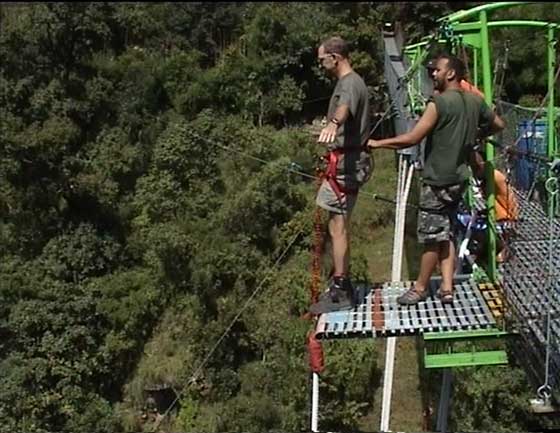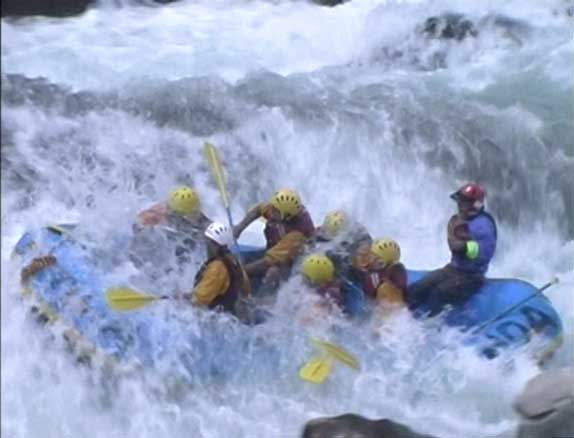It seems the photos of my weekend stimulated the interest of at least a few readers, so if you'd care to know more of the details, follow me.
The first thing you're probably wondering is why this old man, as I was referred to by a Scandinavian lad on our rafting trip, threw himself off a 160 meter bridge. Good question. But really, why not? Of all the things I did this weekend, the most dangerous was not bungy jumping, was not white water rafting, but was rather something we all do quite regularly, get in a car or bus and ride the highways. In some ways driving is even more dangerous in Nepal where motorized vehicles share very narrow roads with bicycles, rickshaws, tuk-tuks, pedestrians, cows, goats, dogs, and anything else that can walk or move. Jumping off a bridge certainly feels frightening, but is comparatively safe.
But “why not” may not be a sufficient answer, so here are some other ideas. I like high places. I like the view, but I also like the tingly sensation in the fingers, the way the body feels suddenly very sensitive and the mind on high alert. I always thought bungy jumping was cool and that given the chance I'd like to try it. And also because I'm the kind of person who'll try most things once.
But what led me to jumping was not the idea of jumping. I was simply looking for a weekend getaway, maybe just a short hike up into the mountains around Kathmandu. I was getting a bit tired of my daily routine of sitting on the floor and drawing and painting. I needed to do something a little more active. And while perusing the “Around Kathmandu” section of a guidebook I happened upon The Last Resort, a small hotel up in the mountains only a few kilometers from Tibet offering a range of outdoor activities, including bungy jumping and white water rafting, and only a 3 hour bus ride from Kathmandu. I checked out TLR on the web and the prices were ridiculously appealing, so I called to enquire about booking, after which there was only the little matter of visiting their office to make payment, then to show up at 05:45 on Saturday morning for the bus.
As is typical in Nepal, we left 45 minutes late and were delayed further by a flat tire along the way. Fortunately, the puncture happened in the city and not on the winding mountain roads and it took the driver was well practiced. It took only 15 minutes to swap tires.

We arrived around 11:00, a bus load of white people hobbled over and aching to stretch after being crammed into seats made for much smaller Nepalis. Over coffee we had a short briefing from the jump master about how the jump would be run and what we were expected to do. We were weighed in (size matters when your life depends on a rubber band), divided into two groups, and off we went to the bridge.
I was in the first group but fortunately was not the first called to jump. I was glad to have 20 minutes on the bridge watching, sharing nervous laughter and reassurance with the other jumpers. Because even though we had paid to be there, even though we wanted to go through with it, almost all of us were frightened. You can't help but be when you're 160 meters up swaying in the breeze and thinking that you're supposed to willingly throw your body into the gorge.
It's absolutely the last thing your brain would would want you to do. And it doesn't get any better once you're strapped into the harness and standing on the platform with your toes dangling in space. My primative lizard-brain was saying “no no no no no no no no no.” My fingers were all tingly and my stomach felt hollow. But in my rational mind I knew it was safe. I knew all the people here the day before had done it. Those the week before had done it. Those coming after me would do it. That it was completely safe. That it was what I had come here to do. That I would after it was over be elated with the experience and so might as well open up and enjoy it.
And so with confidence in my rational mind and not in my feeling mind, I did as I had been instructed, to spread my arms, look out at the horizon, bend at the knees and launch myself off the platform. If you have a look at the photos below you'll see the jump master holding me at the waist, but I assume that's for assurance and so that should your legs suddenly give out he can help hold you up. He didn't push, just talked us through the steps, from getting positioned to then counting down: 3 – 2 – 1 - Jump!
I don't really remember that first second. I think my mind blanked out for an instant. The next thing I remember is the sound of wind whistling in my ears and the sense of my body accelerating through space, the ground rushing up to meet me, and then I felt the tug of the cord. The body is still falling but its now pulling on the giant rubber band tethered at your ankles. Then 2 to 3 seconds later the bungy cord reaches its limit and you're being pulled up. My mind came unstuck at that point. Where the initial fall is tightly focused fear, the rebound is joy and relief and astonishment that you did it and you haven't died.
And perhaps there is the thrill, of being thrown to within a second or two of fatal impact with the ground and being saved at the last moment, the thrill of defying death.
After bouncing up and down a few times and finally settling to an even hang, the crew on the bridge lowers you to a crew at the bottom of the gorge, who maneuver your head to a pillow and then lower your body onto a table. The harness is removed, the guys upstairs pull the rope up and prepare for the next jumper, and you're left with the most difficult part of the jump – climbing up the canyon back to the bridge. It's not quite scaling a sheer face. There's a lovely forest with a path wandering across two small waterfalls. But its a fairly steep climb and quite a nice workout on the legs, lungs and heart. For that reason alone most of the enthusiastic didn't do more than two jumps, except for this wildly energetic English fellow who did four (and seemed perfectly fine the next morning).
I fairly raced up the gorge after my initial jump, a wild burst of energy from having challenged fear, from having been rescued from death at the last possible moment.
And then I did it again. But this time I did the swing.

This is not a swing that you sit in and rock to and fro. This is more like the rope tied to a tree branch that you use to swing out over the water. Except in this case the rope is about 120 meters long and is tied to a cable that runs parallel to the bridge about 100 meters out. Your body is strapped into a harness, only this time there's support on your buttocks, which is where most of the weight is going to land. Whereas with bungy you jump out head first, on the swing you hold the rope in your hands (tethered to your harness, of course), and jump out feet first. And where on the bungy you feel the pull of the cord after about 3 seconds of free fall, with the swing free fall is about 6 seconds and “the end,” as it were, a bit more abrupt as the rope doesn't have as much give as the bungy. While you're catching your breath, you finish with a few high swings through the canyon.
In providing a longer free fall, the swing was by far the more intense. But it was also more physically demanding. It wasn't painful and nothing was strained, torn or broken, but it was obvious the swing put greater stress on the body.
I took my time on the second hike up the canyon and stopped to join Mutsumi, Yoshimi and Mr S for zazen. It was a synchronized event, a way to do something with my friends, even across such great distances. While they were in the zendo in Fukuoka, I was sitting on a large rock next to a waterfall. It was a great moment and a great place to meditate and in fact much of the weekend was one long meditation. I came back feeling energized and reawakened to life. It is not a frenetic energy, but an energy of calm potential, an energy of stable unfolding. It feels great. As it says on the back of my t-shirt, Life is Good.
And I haven't said a thing yet about rafting.
#
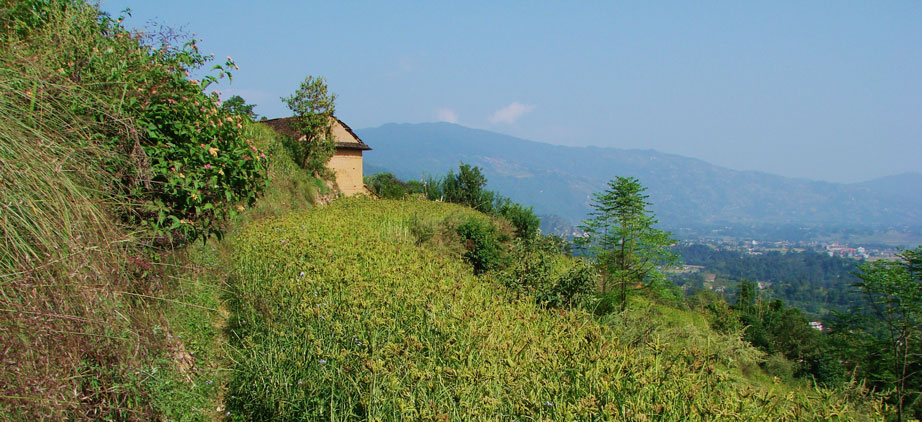
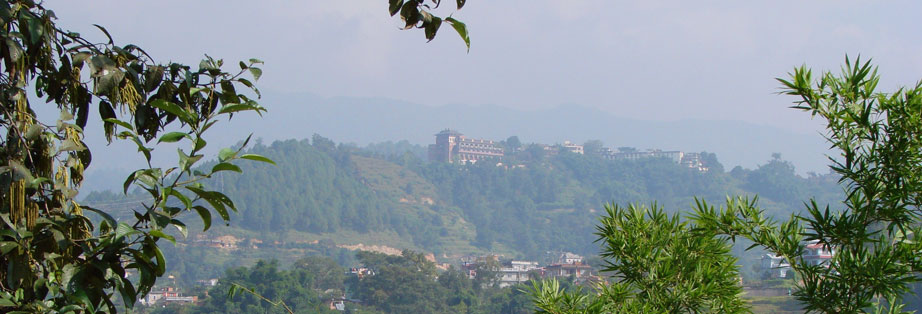

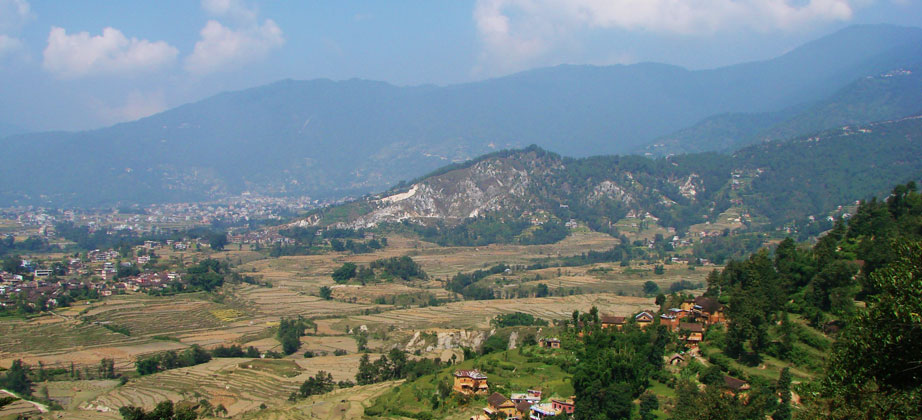


 Nearly every introduction to the topic contains at least passing mention of yogis able to levitate, to communicate psychically, to see past lives, to peer into the future, or to control the death process. No such abilities have ever been documented by standards of modern science and there are no such feats documented in this film.
Nearly every introduction to the topic contains at least passing mention of yogis able to levitate, to communicate psychically, to see past lives, to peer into the future, or to control the death process. No such abilities have ever been documented by standards of modern science and there are no such feats documented in this film.